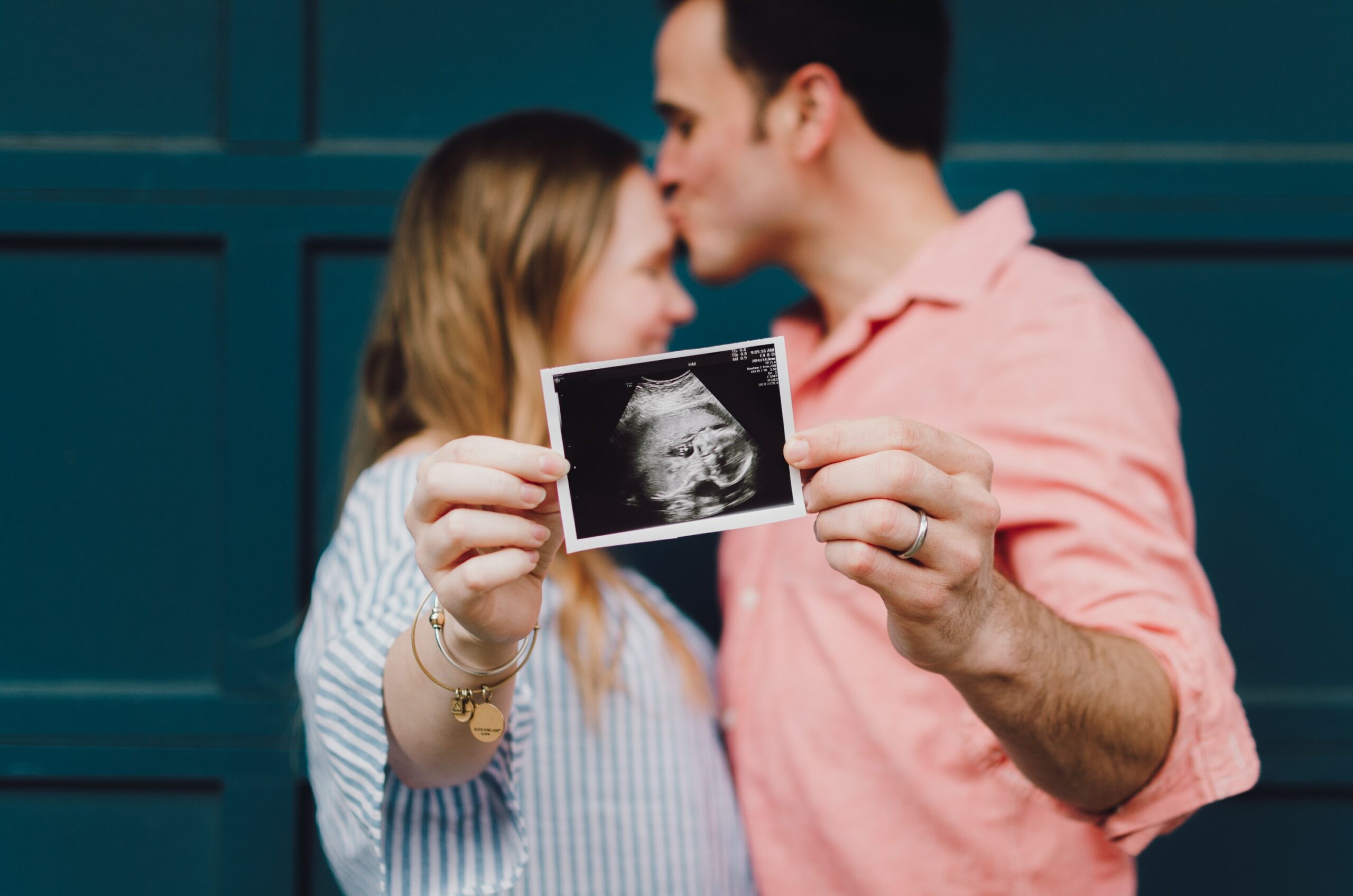I have read that the egg is fertilized in vitro then placed into a woman’s uterus. Is this correct? How does this work?
This is called In Vitro Fertilization (IVF). It involves removing eggs from a female ovary and placing them together with sperm outside of her body to create an embryo. This is usually done using a needle or catheter inserted through the wall of the vagina. The procedure is performed under general anesthesia and can take up to two days.
The process has been used for years to treat infertility problems. However, there are some risks involved. For example, if the egg is not fertilized successfully, the resulting embryo may die before implantation occurs.
Is IVF safe?
In vitro fertilization (IVF) is considered very safe for mothers. Most cases of premature labor occur after the first pregnancy. If a woman is pregnant when undergoing IVF, the risk of miscarriage is about 10% higher than usual.
Who can benefit from IVF?
- Patients who have had difficulty conceiving due to one or more of the following conditions:
- Ovulation disorders such as PCOS
- Male factor infertility
- Endometriosis
- Uterine fibroids
- Cervical factors
- Blocked Fallopian tubes
- Polycystic ovary syndrome
- Recurrent miscarriages
- Unexplained infertility
- Genetic abnormalities


